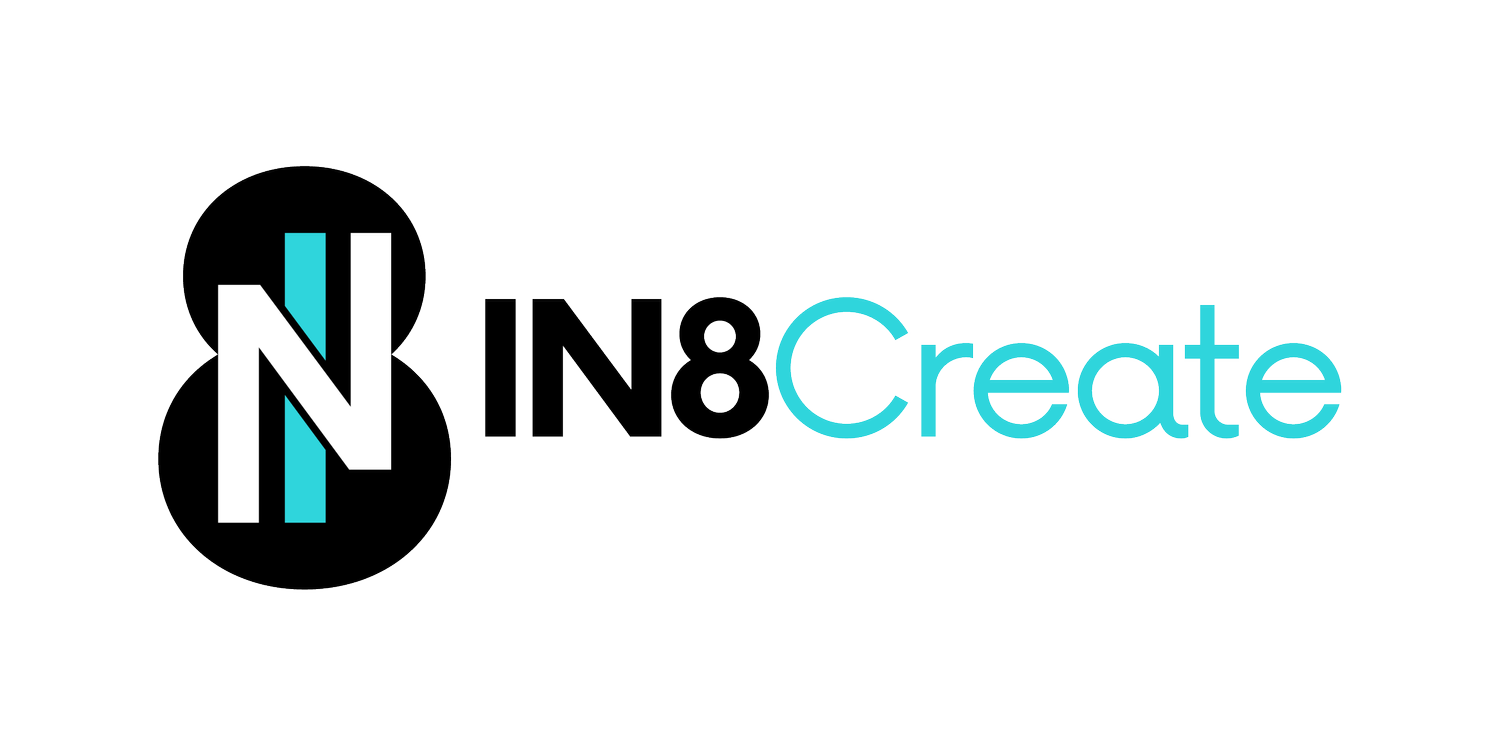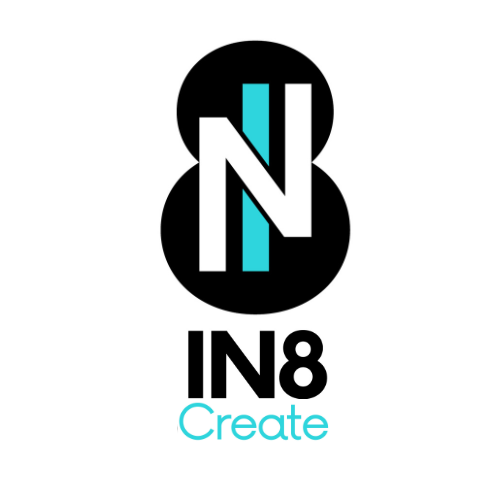Four Pillars to Build Solid Communities
We are likely a part of many communities. Think for a moment of the groups and communities you are a part of. Family is one of the first communities that might come to mind. Other communities might include religious institutions, clubs, sports teams, and geographic groups (Block, neighborhood, city). Work is a community as well, at least to some degree, depending on what you do and with whom.
There are two definitions of community the first one is geographic: “A group of people living in the same place or having a particular characteristic in common”. The the second is social: “A feeling of fellowship with others, as a result of sharing common attitudes, interests, and goals” (Oxford Languages)
With all of the benefits of communities, it is no surprise that we tend to find communities that fit our needs. Whether our community goals are focused around hobbies, growth, or professional connections, we surround ourselves with others looking to achieve similar things with the time available to us. .
Yet as we navigate further into remote engagement, some communities have taken to this technology medium better than others. These shifts will continue as organizations and groups pivot more to virtual environments. Communities will become more reliant on digital social interactions.
The risk of leaving the community to its own devices in the digital domain may be similar to what we have seen in the social media space with individuals. Interactions are at risk of becoming hollow, quick hits that lack the depth of building and strengthening relationships. People can become more isolated as interactions become transactional. Michael Hendrix of the Manhattan Institute states “At their best, online communities act as complements to, not substitutes for, physical presence.”
Here are four pillars to keep in mind when building or maintaining a community:
1. Purpose
What is this group getting together for and why? It might be to socialize around a specific topic, or to learn, grow, or even support one another. Having clarity of vision or purpose will make it easy for people to identify if a community is right for them. The purpose with bring in new members, and wean out those who are not aligned or lose alignment over time.
2. Activities
It’s hard to be a community if people don’t do anything with each other. This can be virtual or in person, but there must be action of some kind to spur interaction. The doing of things not only allows people to act on the benefits or purpose of the community, but also to get to know one another.
3. Relationships
Once people are doing things together, relationships can form. This is where the depth of the community can become much stronger and more tightly wound. Think of the communities in which you feel safest, supported, and energized. It is likely you have relationships built within these communities. Relationships require effort, and a dash of vulnerability. We get to know people better when we share our selves, our attention, and our time.
This doesn’t have to be amazingly deep at first. One workshop I helped design and lead included having people of different backgrounds share holiday traditions. It was amazing to see people open up and smile with fondness while sharing traditions involving food, family and music. These are highly personal yet at a depth most are willing to share. In my example, people were more than willing to open up with others they may have just met.
4. Exchange
For an individual to really get the most out of a community, they should have a voice in how the community moves forward. This is tougher in some communities versus others. Which community would you rather be a part of?
“ This is how we do things and you are more than welcome to join us.”
Vs
“Your thoughts and ideas are needed to make our community stronger.”
The second option not only gives each person the right to be heard but the responsibility to do so.
As we hopefully near the end of the pandemic, the focus on community is strong. People are finding new virtual communities, re-entering in person communities, and forging hybrid variations. As we develop and grow our communities moving forward, we will build strong and healthy ones by focusing on the pillars of purpose, activities, relationships, and exchange.
Here are some of the sites used for inspiration:
https://hbr.org/2020/01/when-community-becomes-your-competitive-advantage
https://hbr.org/2009/07/rebuilding-companies-as-communities
https://qz.com/1570179/how-to-make-friends-build-a-community-and-create-the-life-you-want/
https://www.manhattan-institute.org/we-are-suffering-from-a-social-recession-too
https://www.designthinkingzeal.com/ (Episode 16: Communities) - The idea of exchange came from here



